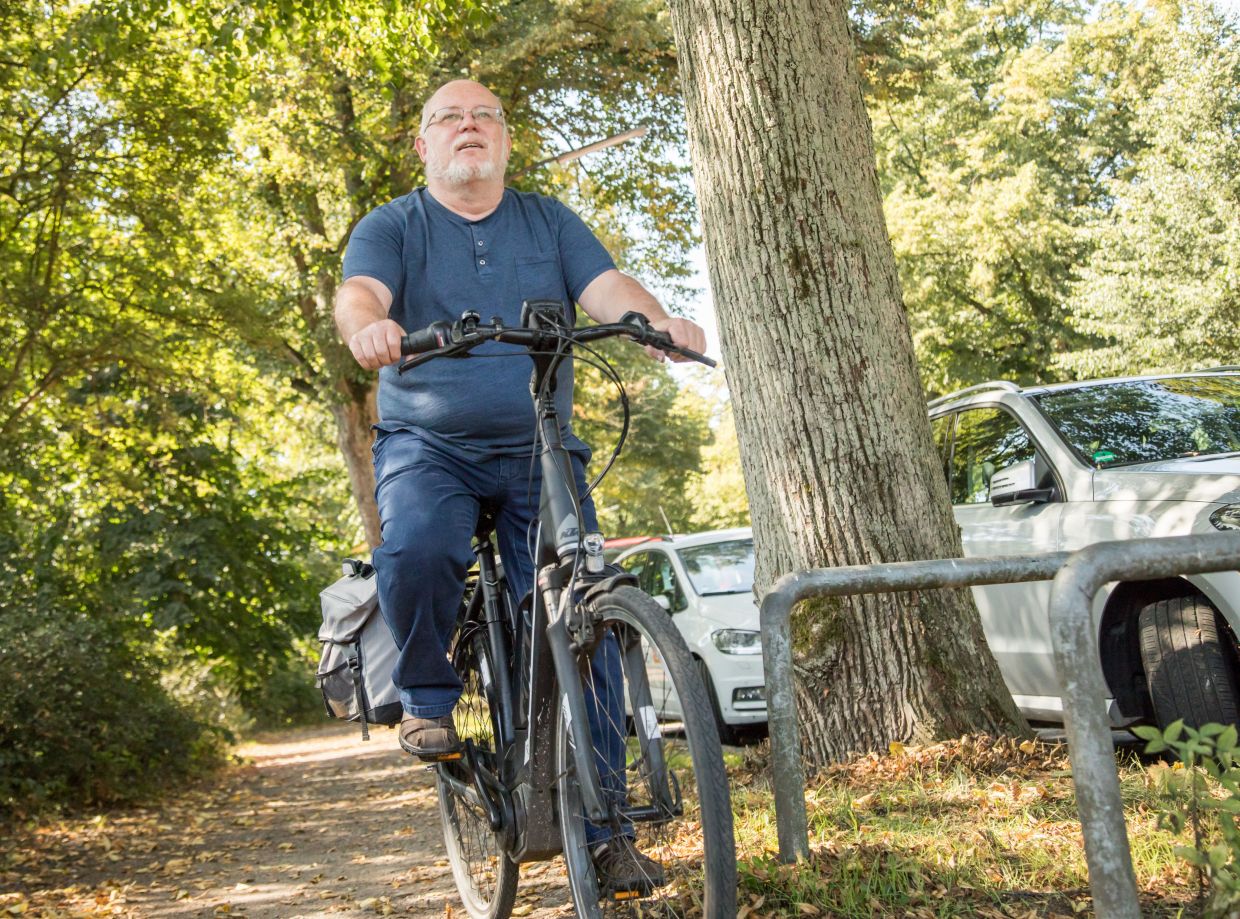For patients with knee osteoarthritis, aerobic activities such as walking, cycling or swimming are likely to be the best exercise for improving pain and quality of life, finds a study published by The BMJ on Oct 15 (2025).
While other exercises may offer complementary benefits to patients, they should not replace aerobic exercise as the main strategy, say the researchers.
Osteoarthritis occurs when the protective cartilage on the ends of bones wears away, causing pain, swelling and impaired movement.
While any joint can be affected, it’s most common in the knees, with nearly 30% of people over the age of 45 showing signs of knee osteoarthritis on X-rays, half of whom also have severe knee symptoms.
Exercise is one of the main treatments for osteoarthritis, but current guidelines provide limited information about the specific types of exercise that should be recommended for patients with knee osteoarthritis.
Therefore, the researchers set out to assess the effectiveness and safety of various types of exercise for managing knee osteoarthritis.
The main criteria to measure effectiveness of the exercise were improvements in pain, function, gait performance and quality of life, assessed at short term (four weeks), mid-term (12 weeks), and long term (24 weeks) follow-up.
Overall, aerobic exercise consistently showed the highest probability of being the best treatment across outcomes among the exercise therapies studied in the 217 clinical trials analysed.
Compared with with the control groups, aerobic exercises were beneficial in relieving short and mid-term pain, improving short term, mid-term and long term function, and improving short and mid-term gait performance and quality of life.
The study also showed that mind-body exercise could help in short term function, neuromotor exercise could help in short term gait performance, while strengthening and mixed exercise could help in function at mid-term follow-up.
None of the exercise interventions resulted in more adverse safety events than the control group, suggesting that exercise therapy is a safe treatment approach.
Given these findings, the researchers suggest aerobic exercise “as a first line intervention for knee osteoarthritis management, particularly when the aim is to improve functional capacity and reduce pain” and say if aerobic exercise is not possible owing to individual limitations, “alternative forms of structured physical activity may still be beneficial”.

